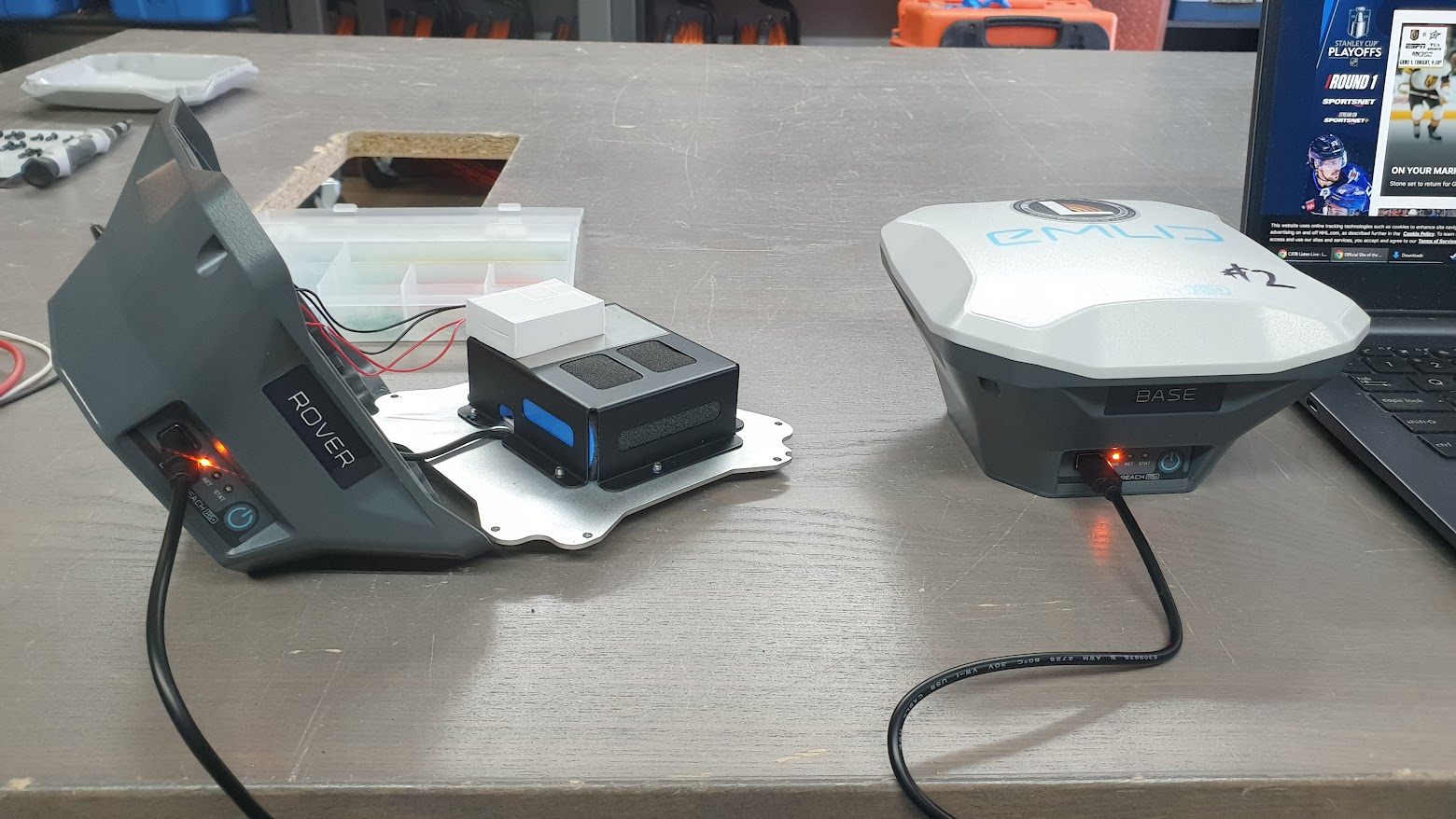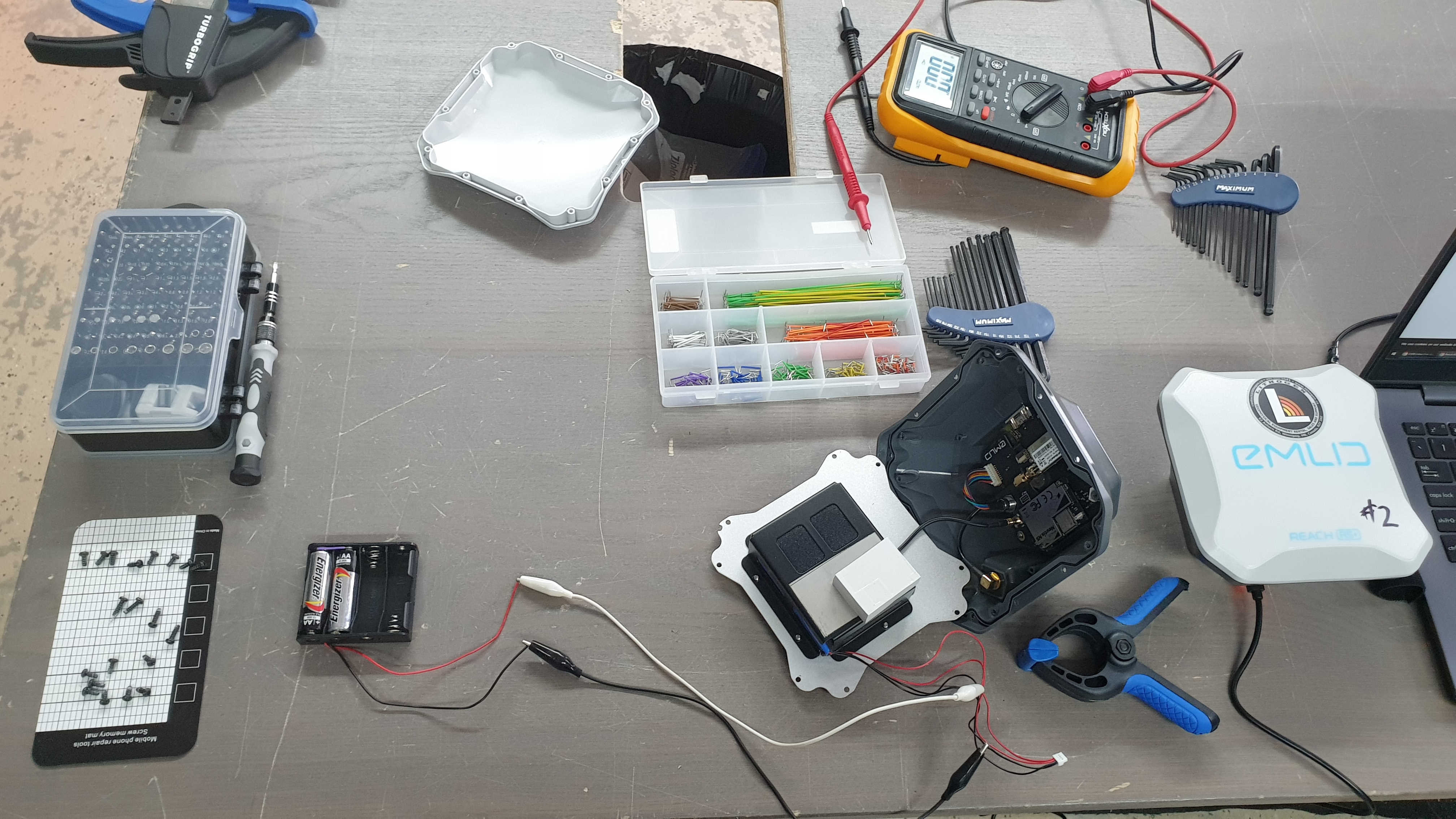this post was submitted on 21 Oct 2024
9 points (100.0% liked)
Electronics
2037 readers
51 users here now
Projects, pictures, industry discussions and news about electronic engineering & component-level electronic circuits.
Rules
1: Be nice.
2: Be on-topic (eg: Electronic, not electrical).
3: No commercial stuff, buying, selling or valuations.
4: No circuit design or repair, tools or component questions.
5: No excessively promoting your own sites, social media, videos etc.
Ask questions in https://discuss.tchncs.de/c/askelectronics
founded 1 year ago
MODERATORS
you are viewing a single comment's thread
view the rest of the comments
view the rest of the comments


Thanks for sharing this.
It looks like the cutoff voltage for LiFePO4, the minimum voltage after which there should be a total power cutoff is around 2.8V. Discharging further is equal to more or less serious, but always, damage to the cell. It also looks like the effects of such over discharge might be less serious for LiFePO4 than it is for Li-Ion cells. However… doesn’t this 1500$ device have a Battery Management System, BMS, a small circuit to implement the cutoff voltage? What the hell?
Yeah, there is risk of some chemistry happening at really low voltages which cause irreversible changes to the structure of the material. Given how the battery responded to tests afterwards, I can only presume that these didn't happen. Short of dissecting the cells and putting them through XRD. Mind you, I do know a few people in the lab...